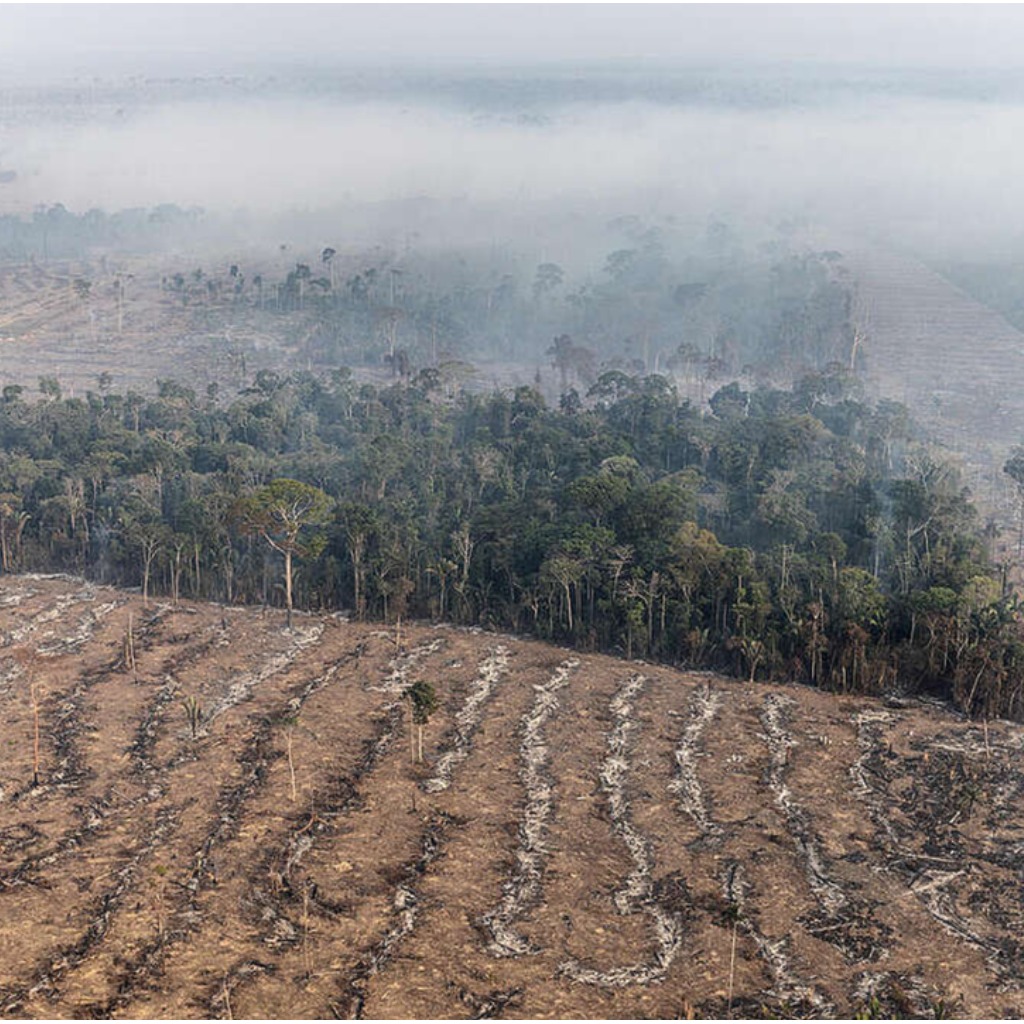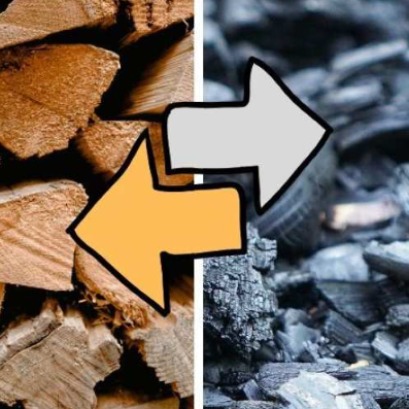
The Amazon records 136,000 fires, the highest rate in almost 20 years
Deforestation in the Amazon reached record figures in 2024, with more than 100,000 fires. The status of ParaŠ had more than 57 thousand spotlights. The deforestation in the Amazon jungle reached record figures in 2024. We approached at the end of the year and the bioma has registered more than 100,000 fires of fires. In the first 11 months of this year, the fire spotlights in the Amazon showed an increase of 43.7% compared to 2023. Until December 5, 136,512 spotlights were recorded in the bioma, while in the same period last year The total was 98,646. The historical record occurred in 2007, with 186,000 registered outbreaks. The information comes from the Queimada program, from the National Institute of Space Research (INPE).
The month of November, the Amazon registered 14,158 fires of fire, a 1.5% increase compared to the 13,940 foci recorded in November 2023. This figure is 46.2% higher than the average of the same period of the last five years (2019-2023), which means 9,679 focuses. During 2024, the Amazon, as well as the Pantanal and the Closed, suffered extreme droughts, which contributed to the propagation of fires. Although in most Brazil the fires usually intensify between August and October, with a maximum in September, already in July 2024 there were signs that the country would face one of the most severe droughts in its history, which would result in fires uncontrolled. Data of the Satellite Environmental Applications Laboratory (LASA), of the Federal University of Rio de Janeiro, disseminated by the Ministry of Environment and Climate Change (MMA), reveal that, between January 1 and October 20 Of 2024, the fire consumed 13 million hectares of native forest in the Amazon. This extension is equivalent to the size of England. The extreme drought faced by bioma since 2023 is the result of a combination of an intense child, climate change and deforestation. Deforestation intensifies the climatic crisis by directly impacting the rainfall regime, making it more irregular and intensifying droughts, heat waves and floods. This interaction between the climate change caused by global warming and environmental degradation creates conducive conditions for the criminal use of fire. The smoke of fires in the Amazon covers the city of parat of the number of days above the threshold of 35 micrograms per cubic meter/m3 of fine particles MP2,5 exceeded 150 days for 2024 in some areas of Bolivia and Brazil, with several days potentially dangerous health product of the MP2 concentrations of MP2 , 5 in most of the center of South America. Criminal fires also directly impact the population that lives in the vicinity, as happened in the city of Santarťm, in ParaŠ, which was covered by a dense cloud of smoke due to The fires in the Amazon. The municipality registered a maximum concentration of pollutants of 154 Ķg/m≥, approximately 30.8 times above the limit recommended by the World Health Organization (WHO).
IT MAY INTEREST YOU
 They promote research in pine resins from the NEA
They promote research in pine resins from the NEA
The forestry industry is one of the most important sectors in the economies of Misiones and Corrientes. Thousands of hectares of pine supply the paper, pulp, boards and sawmill industry. Pinus elliottii, one of the species established in the region, in addition to providing wood, is used to produce resin, a non-wood forest product with high demand in the chemical, pharmaceutical and cosmetic industries. In 2\024, resin extraction of approximately 52,6\0\0 tons was achieved from approximately 18,\0\0\0,\0\0\0 trees in production, generating income and jobs with high expansion potential.
 Experts cant believe it, but this tree is the oldest in the world and continues to bear fruit: it is 4,000 years old.
Experts cant believe it, but this tree is the oldest in the world and continues to bear fruit: it is 4,000 years old.
Nature keeps secrets that defy the passage of time, and one of the most surprising examples is a tree that, approximately 4,000 years old, continues to bear fruit today. This specimen has become a symbol of resistance and longevity, capable of surviving climate changes, landscape transformations and human activity itself.
 Canadian researchers make biochar from wood waste that rivals steel in strength
Canadian researchers make biochar from wood waste that rivals steel in strength
Researchers at the University of Toronto have developed monolithic biochar from wood that can reach an axial hardness of up to 2.25 GPa, similar to mild steel.





















